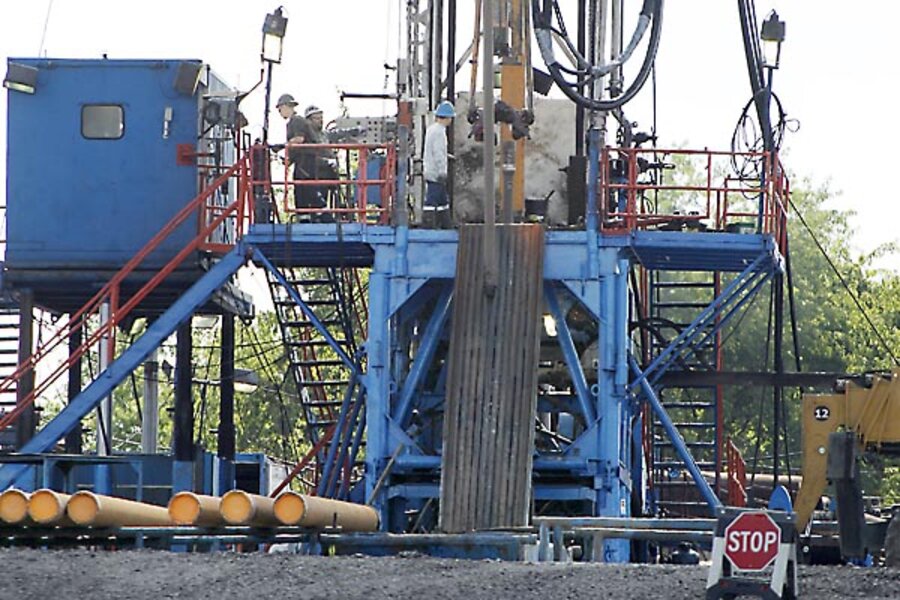Just how much shale gas does the UK have?
Loading...
Let the original UK shale gas expert, established August 2008, run you through some numbers. There’s an all you can eat buffet of “expert” words special today in the restaurant of ideas.
The average use of a UK gas consumer is 16,500 kWh
There are approximately 10.5 kWh in one cubic meter
The average home thus uses 1,571 cubic meters
UK gas consumption is divided into three equal parts: Electricity generation, heating and industrial use.
The BGS survey is for Gas in Place, resources, theoretically present gas resources of 1300 Trillion Cubic Feet. It is only for the Bowland Shale. It does not include figures for Southern Britain's Wessex Basin or the Central Basin in Scotland.
1 TCF equals 28.32 Billion cubic meters
The UK Parliament Climate Change Committee used a recovery rate of 10% to estimate the Technically Recoverable gas reserves. ( I think it’s conservative, but at these numbers it’s irrelevant).
10% of Bowland Shale is thus 130 TCF or 3681 BCM. That’s 47 years of total UK consumption. We imported 13.7 BCM in LNG from in 2012. The UK produced 41 BCM. We imported the rest from the Norwegian and Netherlands North Sea.
Total UK gas use in 2012 was 78 BCM (billion cubic meters). The entire gas production of the EU in 2012 was 149 BCM.
Total EU gas consumption 2012: 443 BCM
Total UK North Sea gas production from the start 1970 through 2012: 2423 BCM
World’s largest gas producer ex US: Russia produced 592 BCM in 2012.
130 TCF is thus 268 years of LNG imports or 90 years of UK North Sea production, 6.2 years of Russian production, or 32 years of Norwegian production, or 5.4 years of US production, 35.8 years of Qatar production, 23 years of Saudi Arabia production, 75 years of Australian production, 23 years of Canada, 410 years of German production, 32 years of Dutch production. Pick any number.
It’s obvious that any attempt to ridicule UK figures as inconsequential is absurd.







